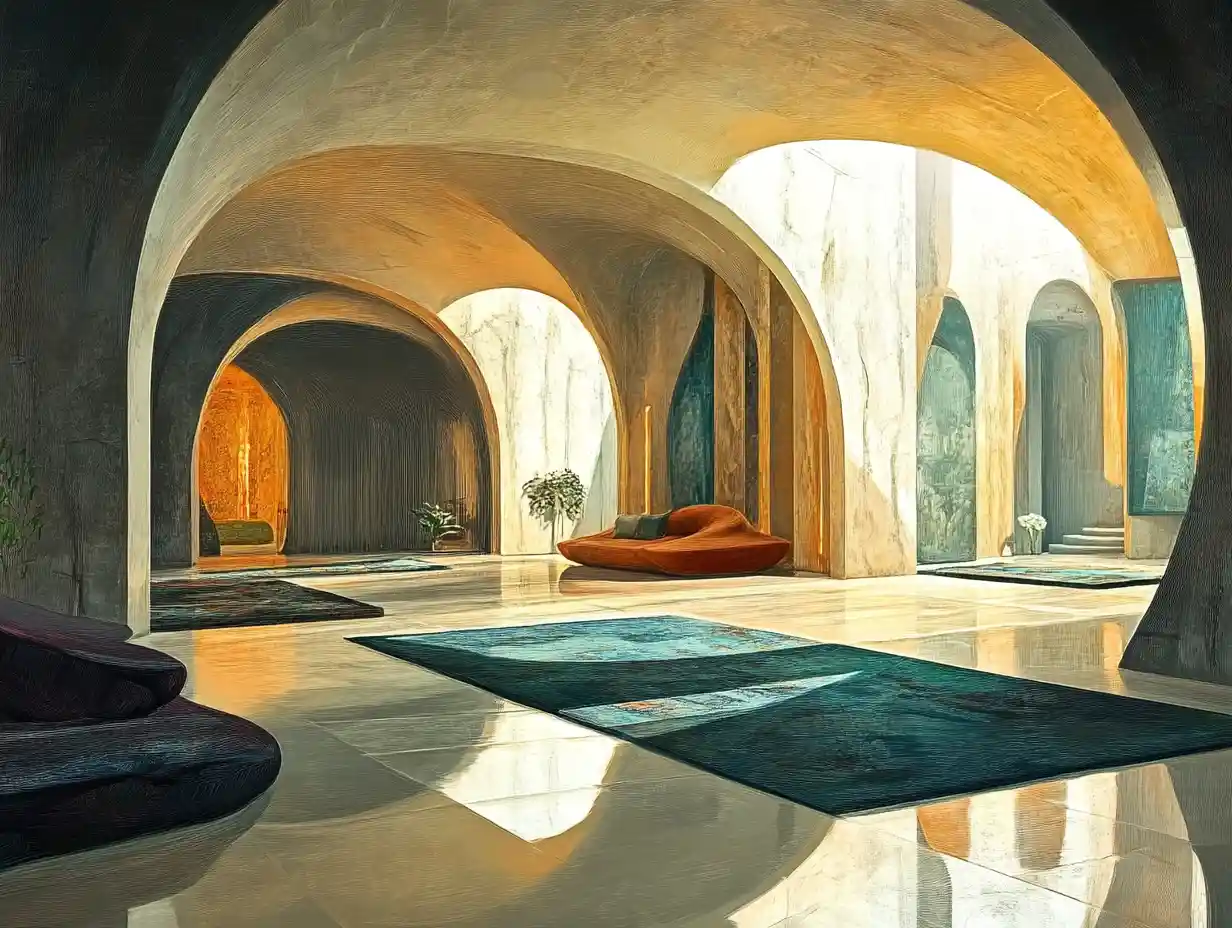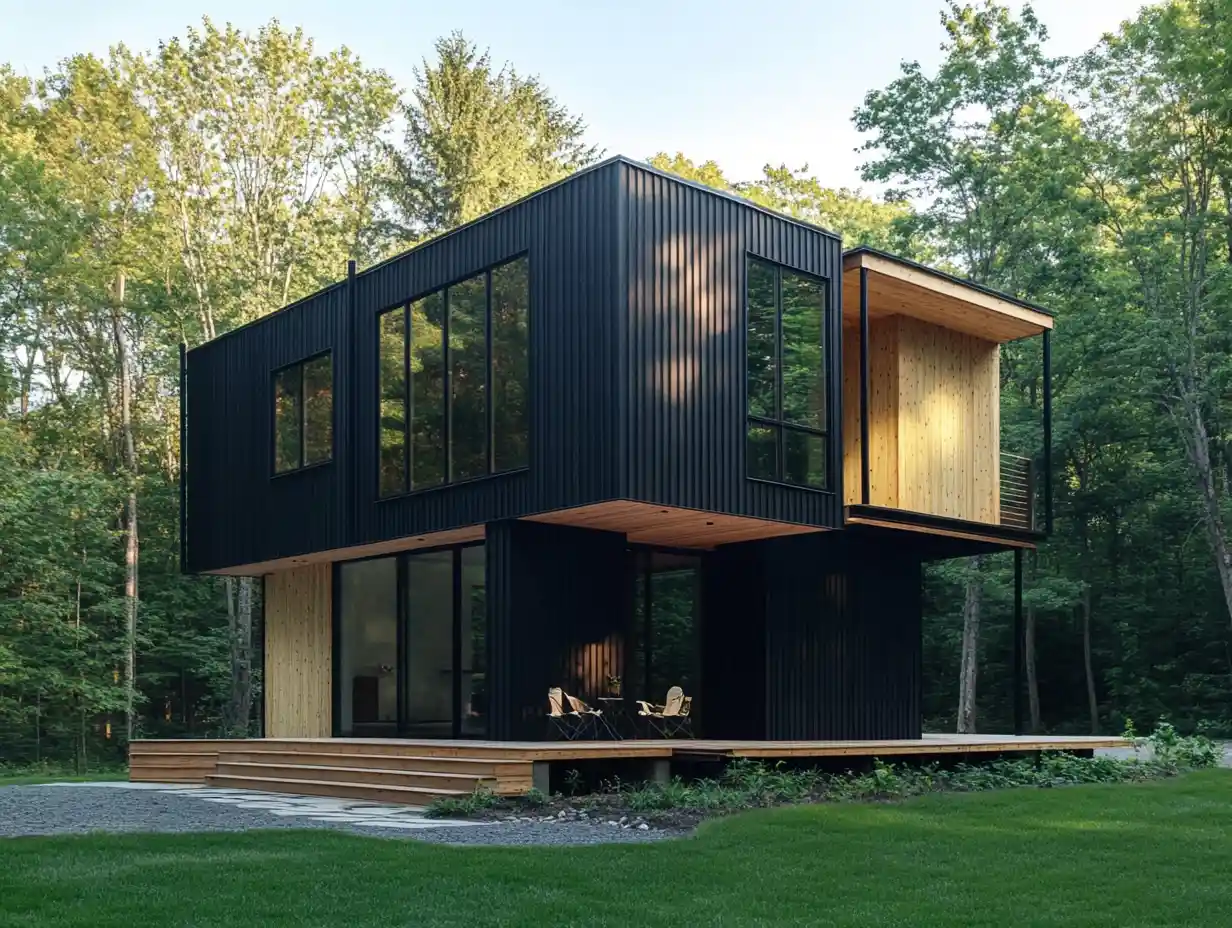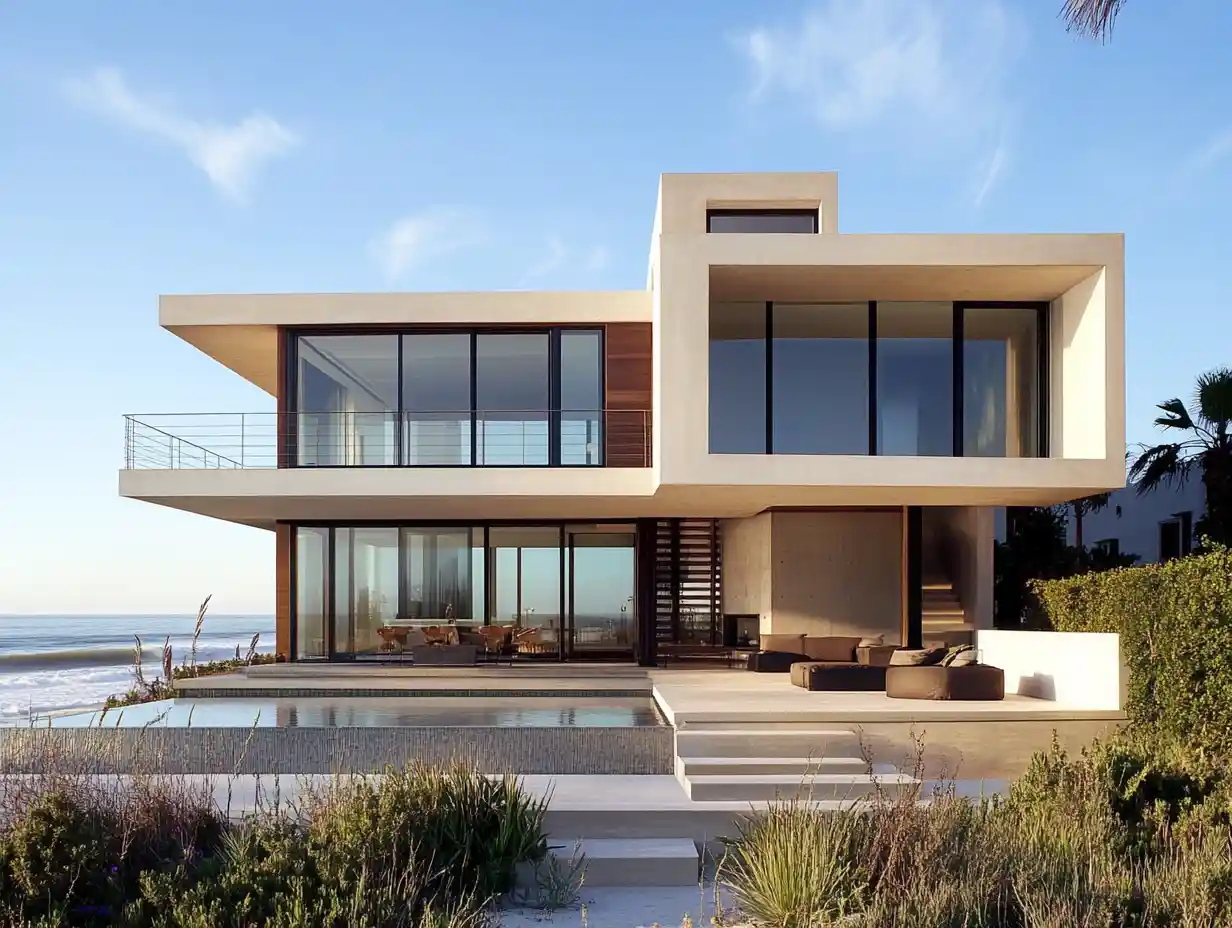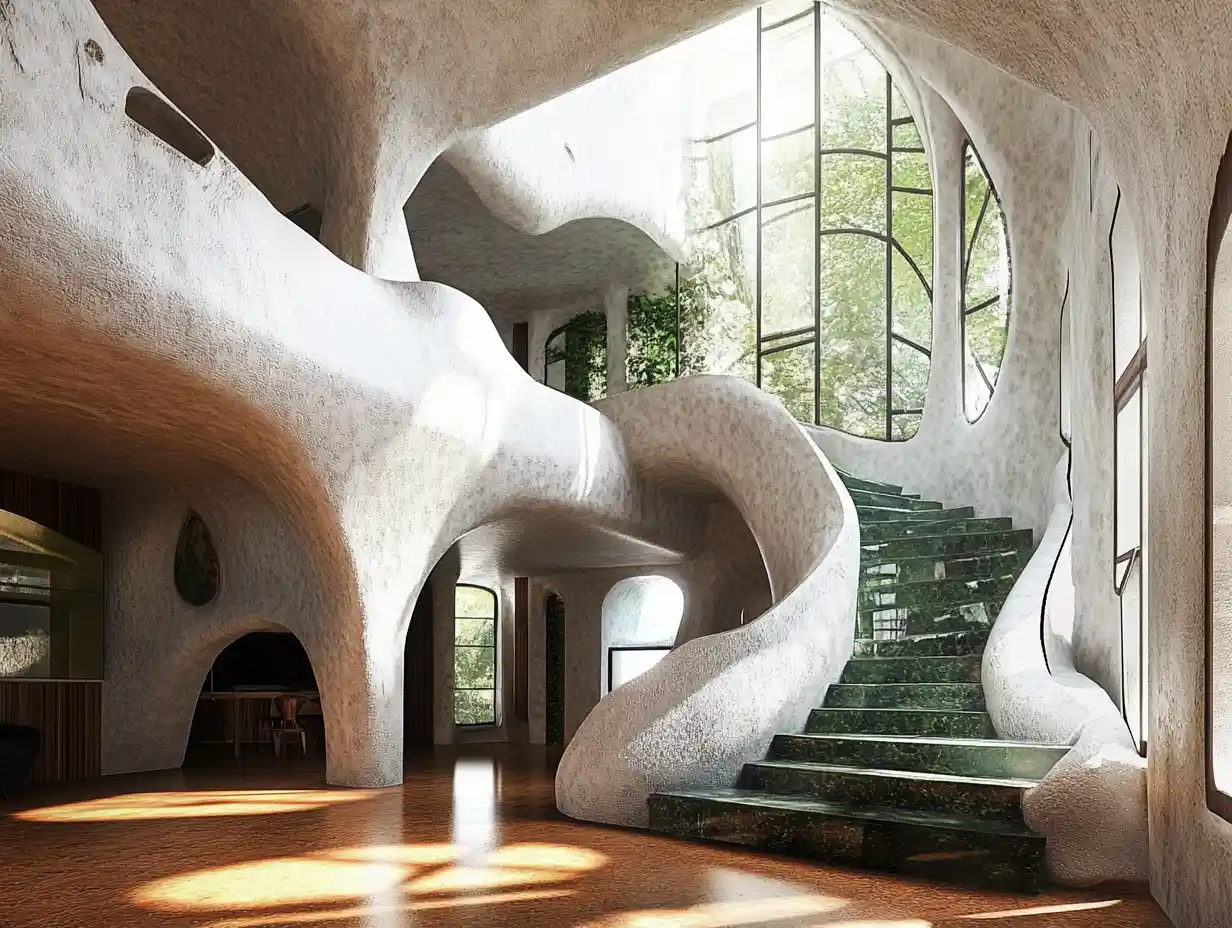Creating an ideal house design is both an art and a science. It’s where our dreams meet practicality, and every detail matters. As we embark on this journey, we consider not just the aesthetics but also the functionality that turns a house into a home. Whether we’re starting from scratch or renovating an existing space, the goal remains the same: to craft a living environment that reflects our personality and meets our needs.
In today’s fast-paced world, designing a home that balances comfort, efficiency, and style is more important than ever. We must think about how each room will serve us, how natural light will flow through the space, and how our choices will impact the environment. By focusing on these elements, we can create a home that’s not only beautiful but also sustainable and adaptable to our changing lifestyles. Let’s explore how to bring these ideas to life in our own spaces.

Understanding Your Needs
Creating an ideal house design requires understanding personal needs and preferences. This forms the foundation for any successful home project.
Identifying Lifestyle Requirements
Identifying lifestyle requirements helps tailor the design to specific activities and habits. For families, considering space for communal activities like a playroom or open-concept kitchen can improve daily life. Those who work from home might prioritize separate office space with good lighting and acoustics. Outdoor enthusiasts may prioritize backyard access or a garage for equipment storage. Our interests dictate how the house should function, making these considerations key.
Considering Future Needs
Considering future needs involves anticipating changes and ensuring the design adapts over time. Homeowners planning to grow their family should consider extra rooms or flexible spaces. Planning for aging in place may lead to choosing single-story designs or accessible features. If resale value is a concern, market trends like eco-friendly designs or technology integration can influence decisions. Future-proofing ensures the home remains practical and valuable over the years.

Setting a Budget
Establishing a robust budget forms the foundation for an ideal house design. With a clear financial plan, we can ensure that our design balances aesthetics and functionality without overspending.
Estimating Costs
To estimate costs accurately, we start by analyzing each component of the design. Materials, labor, permits, and finishes need thorough consideration. For example, high-quality materials might cost more but offer better durability. It’s wise to research current market prices and allocate funds for unexpected expenses, aiming for a contingency buffer of around 10-15%. This proactive approach helps us avoid financial surprises and keeps the project on track.
Prioritizing Features
Prioritizing features is essential when budget constraints exist. Listing must-have elements and their costs allows us to focus on essentials first. For instance, energy-efficient windows or modern kitchen appliances might take precedence. By aligning features with our lifestyle needs and preferences, we ensure the design enhances daily living. Any remaining funds can address secondary items, ensuring the entire design aligns with our vision while respecting financial limitations.

Choosing the Right Architectural Style
Selecting an architectural style forms the foundation of your home’s design, affecting both appearance and functionality. The chosen style should align with personal tastes and complement the environment.
Exploring Popular Styles
We often find ourselves drawn to a specific style when considering house design. Contemporary styles, with clean lines and open spaces, suit modern living. Traditional styles, such as Colonial or Victorian, offer timeless charm. Craftsman style, popular for its attention to detail and handmade elements, remains a favorite for its unique character. Modern farmhouse combines rustic charm with modern amenities, attracting those who desire warmth with contemporary touches. Each style presents distinct advantages, impacting aesthetics and layout choices.
Finding Your Personal Aesthetic
Our homes reflect our personalities, making personal aesthetic choices integral to design. We start by assessing what draws us to certain colors, textures, or historical influences. Exploring mood boards or virtual tours helps visualize preferences in a structured way. Practical considerations, like climate and neighborhood context, further shape our aesthetic decisions. It’s essential to create a list of must-have features that define our style, ensuring the final design harmonizes our lifestyle with visual appeal.

Designing Functional Spaces
Designing functional spaces is crucial for an ideal house design. Each room should serve its purpose while contributing to the overall balance within the home.
Creating Efficient Layouts
Efficient layouts maximize space and promote a seamless flow between rooms. Open-concept designs are popular for enhancing connectivity in communal areas like kitchens and living rooms. Utilizing walkways of at least 36 inches in width ensures ease of movement. Placing essential features within a functional triangle, especially in kitchens, enhances usability. In bedrooms, positioning furniture to optimize floor space without compromising movement maintains comfort.
Incorporating Multi-Use Areas
Multi-use areas adapt to various activities, making homes more versatile. Incorporating a home office with a pull-out couch transforms a room into a guest bedroom when needed. Adding modular furniture to living spaces allows for easy reconfiguration, accommodating different needs. Space planning for such areas requires considering storage solutions like built-in cabinets or under-bed storage to maintain a clutter-free environment. By making each area adaptable, we enhance the home’s practicality and accommodate evolving lifestyle needs.
Integrating Technology and Smart Features
Smart home technology transforms traditional living spaces into interactive, efficient environments. Integrating these elements enhances daily life by offering control and flexibility tailored to our needs.
Enhancing Comfort and Convenience
Smart thermostats, such as Nest or Ecobee, optimize climate control by adjusting temperatures based on our routines and preferences. Smart lighting systems, like Philips Hue, provide customizable lighting scenarios, ensuring the perfect ambiance for any occasion. Voice-operated assistants like Alexa and Google Assistant connect various devices, enabling hands-free management of home functions ranging from playing music to setting reminders.
Future-Proofing Your Home
Incorporating smart features prepares our home for future advancements and increases its value. Structured wiring systems offer flexibility, allowing easy updates to accommodate new devices and technologies as they develop. Investing in smart security systems, featuring cameras and motion detectors, enhances safety and attracts tech-savvy buyers. Energy-efficient smart appliances from brands like Samsung and LG not only reduce utility costs but also align with eco-friendly trends, ensuring our home remains relevant and efficient over time.

Incorporating Outdoor Spaces
Incorporating outdoor spaces enhances the overall house design by connecting interiors with nature. Thoughtful planning transforms yards, patios, and balconies into functional and aesthetic extensions.
Maximizing Usable Space
Utilizing available space efficiently turns outdoor areas into valuable living zones. We consider zoning different sections for dining, relaxation, and play to maximize their use. Installing built-in benches with storage under a gazebo or pergola helps in keeping essential items like cushions and games handy. Using vertical gardens on walls optimizes greenery without consuming floor space.
Designing for All Seasons
Creating outdoor spaces that function year-round increases their utility. We integrate features like retractable awnings, outdoor fireplaces, and heating elements to provide comfort across seasons. Durable furniture made from materials like teak withstands weather changes, ensuring longevity. We also incorporate seasonal plants to maintain vibrancy throughout the year.
Working with Professionals
In creating an ideal house design, collaborating with skilled professionals ensures a seamless and efficient process. Our focus includes hiring architects and collaborating with contractors to bring visions to life.
Hiring an Architect
A professional architect translates our vision into a tangible design. Architects analyze our needs and preferences to create a blueprint that balances aesthetics with functionality. They identify potential design challenges before construction begins, ensuring smoother workflows. Working with an architect also provides access to expert advice on materials and sustainability, helping align our projects with current trends and regulatory standards.
Collaborating with Contractors
Contractors play a vital role in turning designs into reality. By collaborating closely with contractors, we manage the construction phases effectively. Contractors schedule and coordinate different trades, adhering to timelines and budget constraints. Building a strong rapport with contractors allows for open communication, ensuring any on-site issues are addressed promptly, leading to a high-quality finished product.















Leave a comment